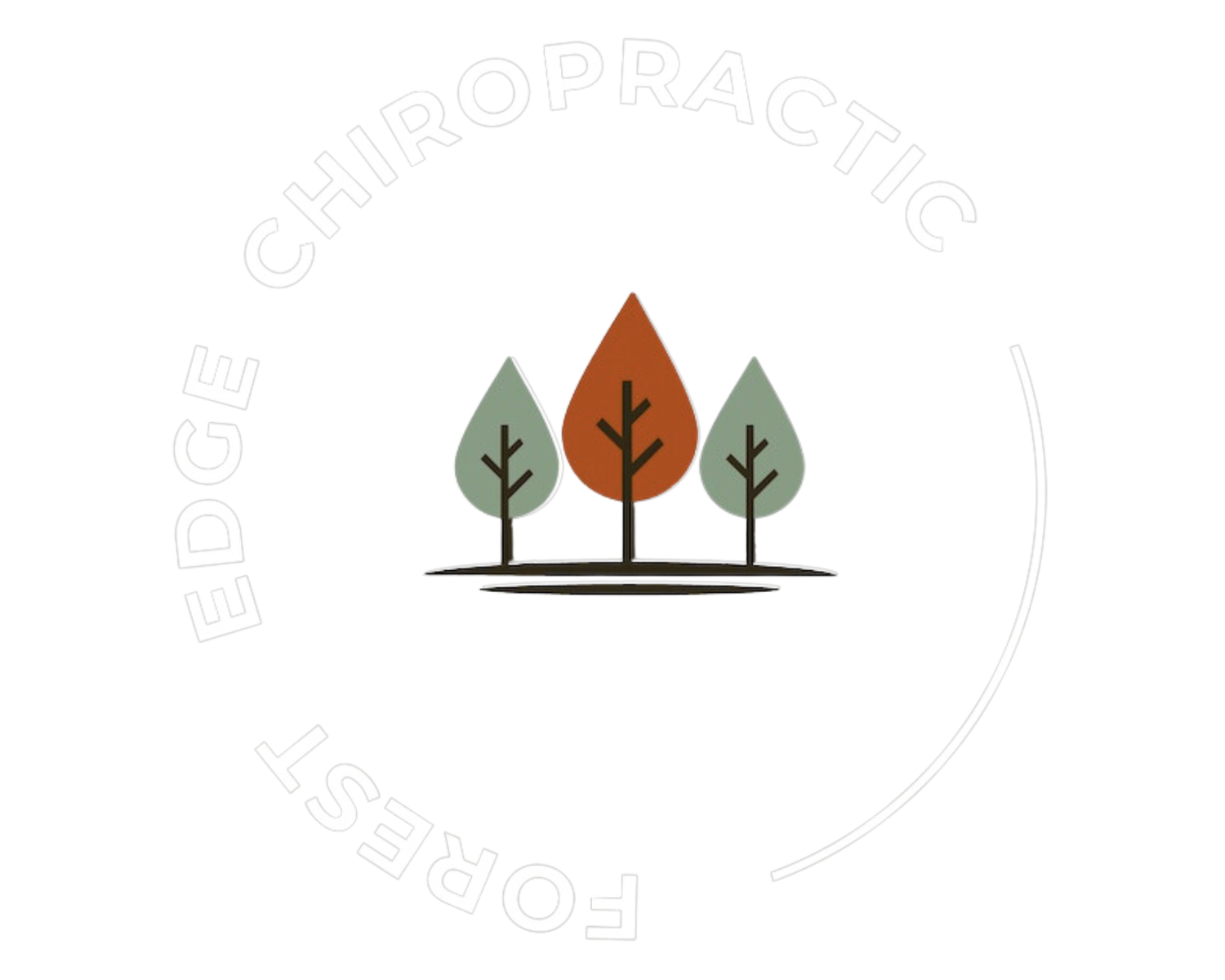All things hippy!
I thought it might be helpful to write a little about the hip joint, common problems, and give you some stretches and exercises to try at home to see if they help.
Let’s start with the anatomy. The hip is a ball and socket joint. This is similar to the shoulder joint. However, the hip joint is a lot more stable than the shoulder, despite their anatomical similarities. That is because we need the hip joint to support our bodyweight when we walk, whereas we want a shoulder joint to have the maximum possible mobility, because we need to be able to use our hands as much as we can!
Although the basic structure ie ball and socket is the same in everyone, some of us have a flatter “ball” (or femoral head), some have a bigger distance between the joint and the bony bit which we can feel at the side of the top of our leg (greater trochanter). Some of us have hips which naturally angle more forward, and some further back. Suffice to say, there’s no such thing as normal! And what’s more, about 1 in ten of us have significantly different anatomy between each of our own hips!
Around the joint itself are several layers of muscles. Some are smaller, some larger
So how do problems occur in the hip? An accident or sports injury, for example, can cause the obvious hip injuries like dislocations, fractures, tears etc. However there are other non-traumatic causes of pain in the hip.
Some pain can arise because of wear and tear to the joint itself. This is often characterised by a generalised dull ache in the groin or side of the hip/buttock, which is worse after either complete rest or a lot of activity, but can be improved by light gentle movements. It is typically accompanied by a loss of range of motion of the joint, and this is often best seen when you bend your knee in a sitting position, and let your knee drop to the side, like sitting cross legged on the floor. Sometimes there is degeneration in both hips, but often one side will be worse than the other.
Other times, pain which is felt in the hip can be caused by a pattern of weakness in the muscles which are supposed to support and move the hip. The most common muscle which causes problem is the hip flexors. These are big muscles which lie deep to our groin region and help to bring the knee towards the chest. They are key muscles in locomotion, and do not respond well to prolonged sitting… They work in connection with gluteus medius, which can often be a significant cause of deep pelvic and lateral hip pain.
So - what do we do about it? A lot of hip pain can be helped by strengthening the muscles around the hip and improving the way we use the joint. Supported by a course of manual therapy including soft tissue massage, mobilisation of the hip and pelvic joints, often some acupuncture needles to the deep muscles, hip pain can resolve to allow you to return to activity.
Sometimes, particularly where there is degeneration in the hip joint, this can take longer or sometimes we’ll need to refer you to the doctor for an x-ray, but often we can help slow or even negate the need for surgery and hip replacements.
I hope that’s helpful! As always, get in touch for personalised diagnosis and help.
